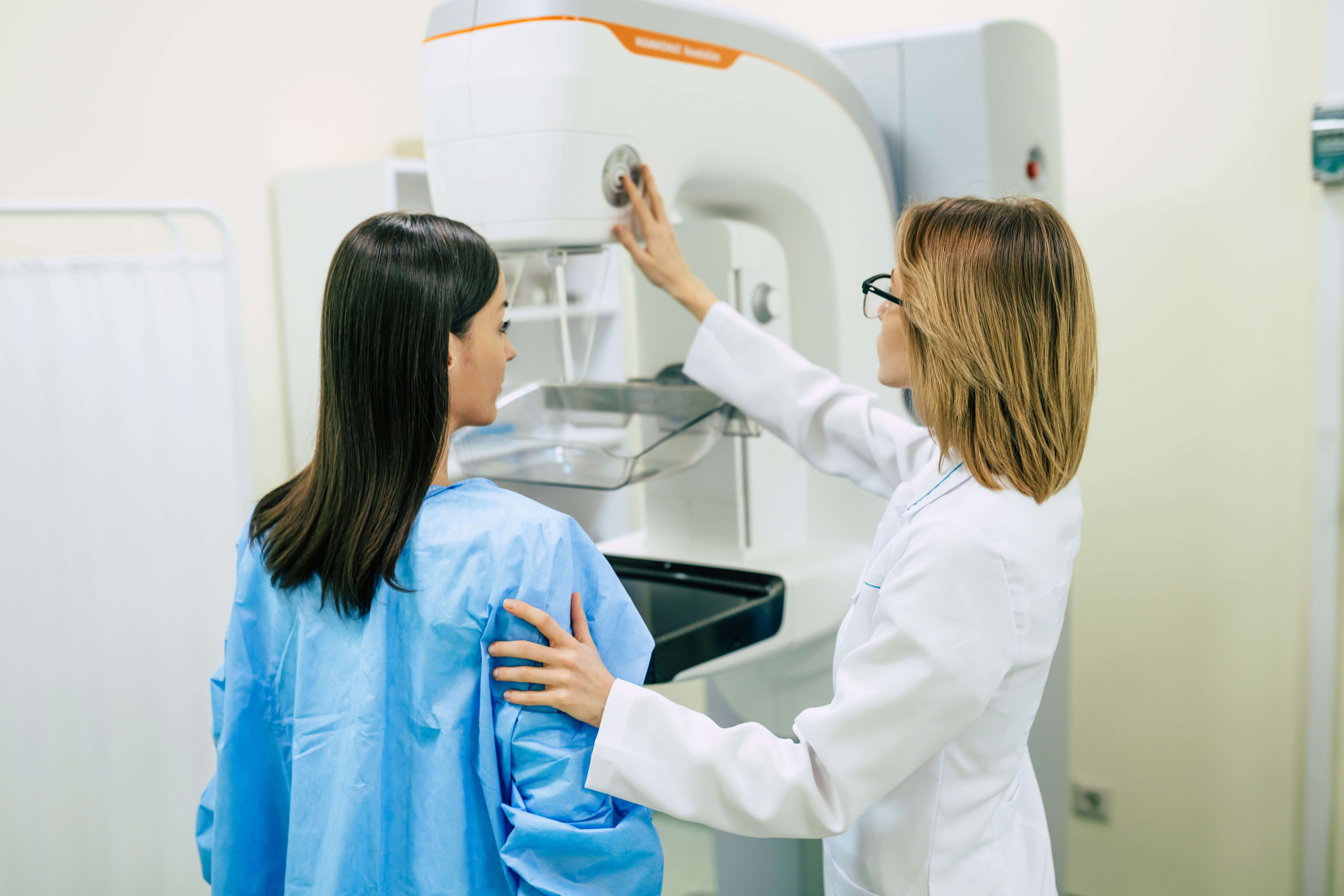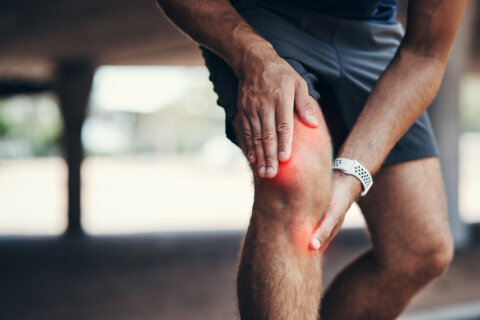This content is sponsored by MedStar Washington Hospital Center.
As people age, their skin and blood vessels weaken making it easier for them to bruise from even minor trauma. This can lead to actinic purpura – a skin condition caused by weakened blood vessels in older people due to sun damage, aging and other factors.
Dr. Allison Larson, a board-certified dermatologist with MedStar Health says ‘senile purpura’ and ‘actinic purpura’ are terms both used to describe the same concept. Actinic means sun-related change or damage, while senile purpura indicates changes caused by aging that might not be sun related.
“There are other changes that do happen with age in terms of skin fragility, and the skin losing some thickness in certain areas and so that sets it up to be vulnerable too,” Dr. Larson said.
Actinic purpura typically appears as dark red bruises or splotches on the forearms and hands.
“Certainly, you can get it other places, but those are the most common places and they can be surprisingly large,” Dr. Larson said. “It does happen in response to some sort of injury to the skin, but that injury could be so subtle as to not even be noticed by the person.”
In its initial formation, Dr. Larson notes that the condition could appear like more of a maroon color.
“If you sort of think about the progression of bruises, sometimes they begin a little bit more brown or brown-purple. This one, it almost looks like the dark blood under the skin that you see and then it goes through that progression,” she said.
There are several factors that contribute to actinic purpura, but Dr. Larson said the combination of sun exposure and aging are the most common triggers for the condition.
“In a long stretch of time, there are changes that happen because of sun exposure. And they mostly involve changes to the connective tissues in the mid portion of the skin, – the elastic fibers especially – but there’s other changes that happen.”
People with lighter skin tones are more susceptible to sun-related damage, but it can affect anyone, Dr. Larson added.
Other conditions that contribute to blood vessel fragility include diabetes and certain medications like steroids and blood thinners.
“Because when you think about the trauma to the skin, and the tendency to bleed and stop bleeding, if this begins and somebody’s on a blood thinner, they’re going to have a much larger area of purpura, because the blood doesn’t coagulate as quickly on purpose.”
Dr. Larson explained how the causes of actinic purpura and senile purpura are multifactorial.
“What happens is we age, we acquire additional medical conditions, we’re on new medications for those medical problems, we have sun exposure and an accumulation of sun exposure over time, plus normal age-related changes,” she said.
Although there are no specific, targeted treatments for the condition Dr. Larson said there are some things that can indirectly help.
“So retinoids, vitamin A type topicals are helpful for repairing connective tissue damage caused by sunlight primarily. It’s going to probably be mild and very, very partial in terms of the benefit that you get.”
Vitamin C could also be beneficial for some people.
“I think if somebody has a true vitamin C deficiency, which causes a weakening of the blood vessels, you will make a huge difference in supplementing,” Dr. Larson said, adding that it’s unclear how it would affect someone who isn’t actually deficient.
Dr. Larson also highlighted how wound care can be beneficial for people susceptible to actinic purpura.
“In association with actinic purpura, you also do see a lot of ripping and tearing of the skin surface, and so wound care does come into play,” she said.
The best way to prevent actinic purpura is by making an effort to protect your skin from trauma with clothing or other items that can act as a barrier.
“Trauma will impact a blood vessel easier in that context and it also makes it so that there’s just less structure around those vessels and sort of less protection in terms of the connective tissue. So, they’re more easily damaged.”
Read more about Dr. Allison Larson on the MedStar Health site.







